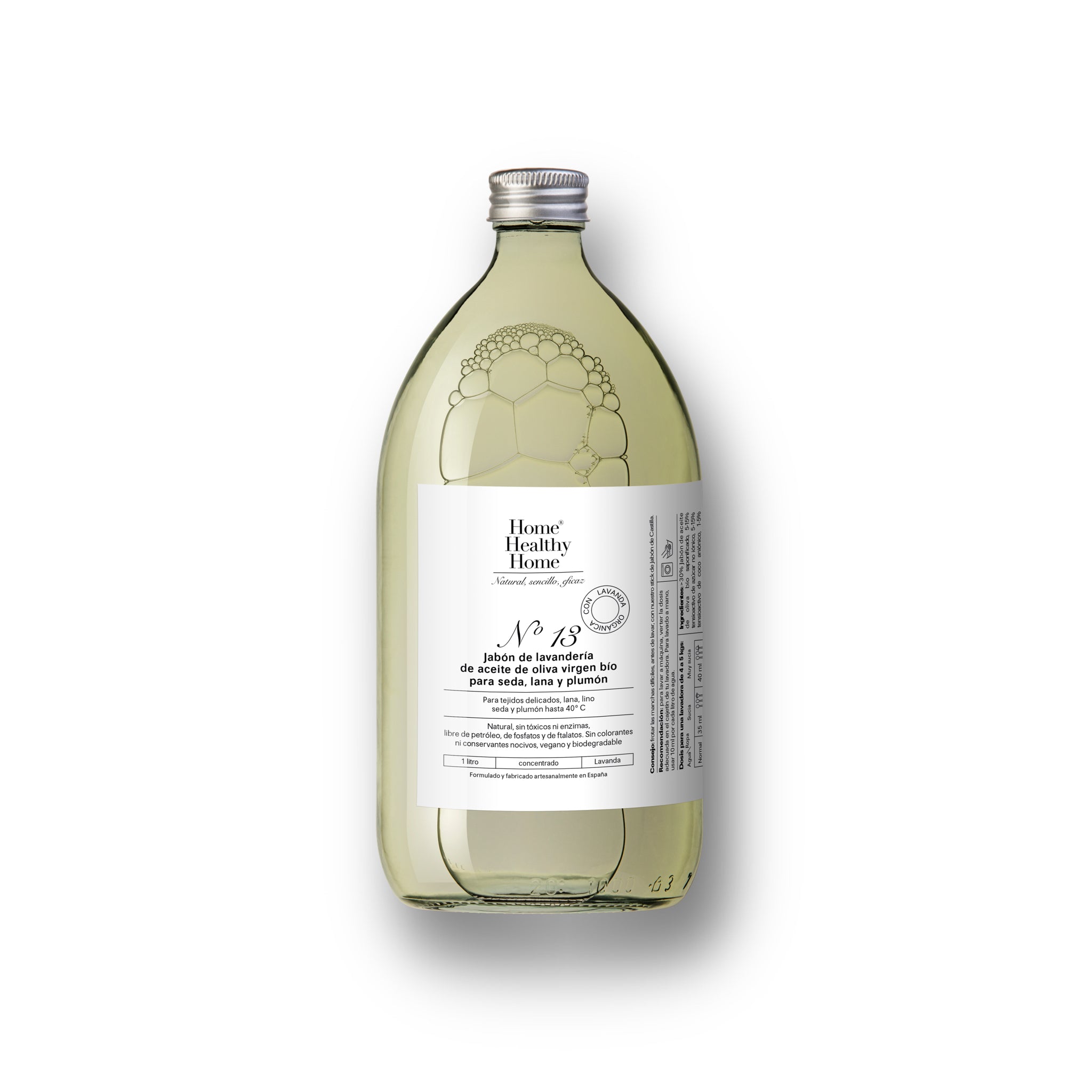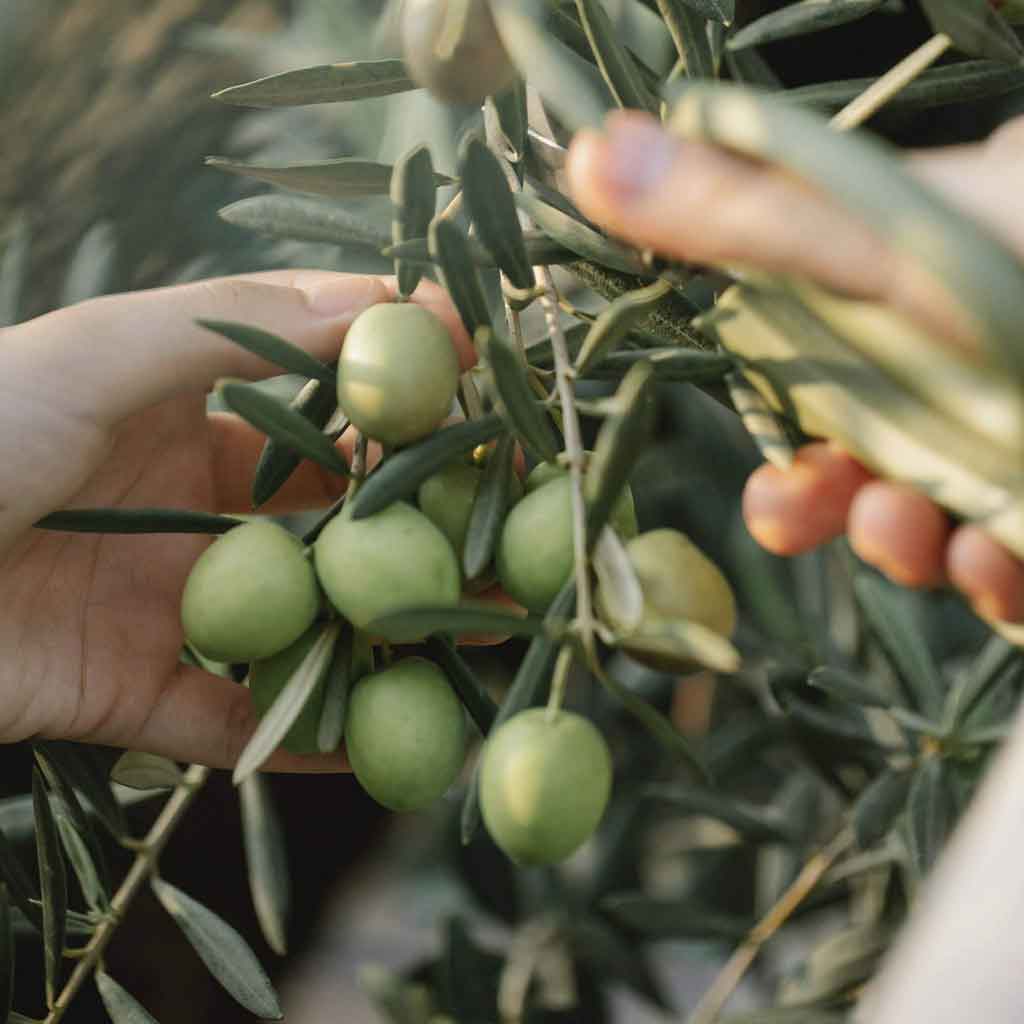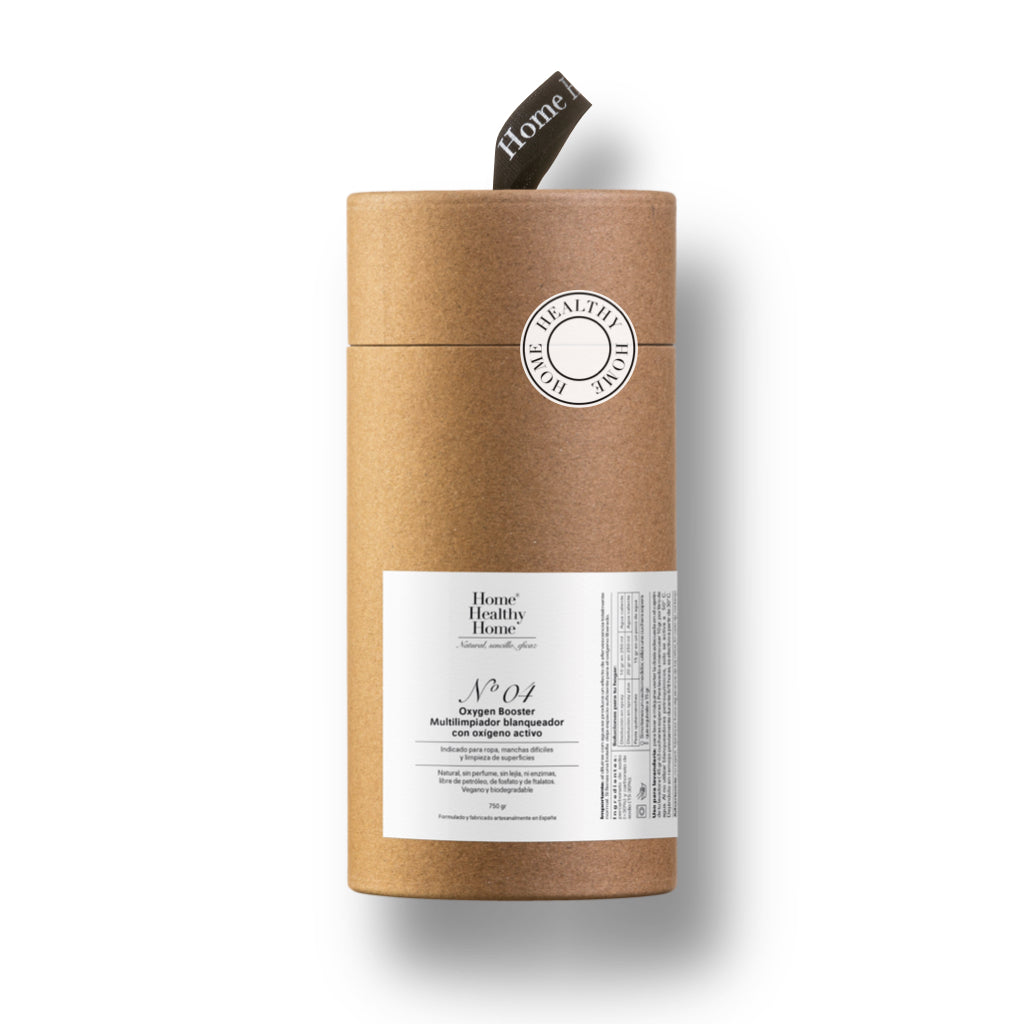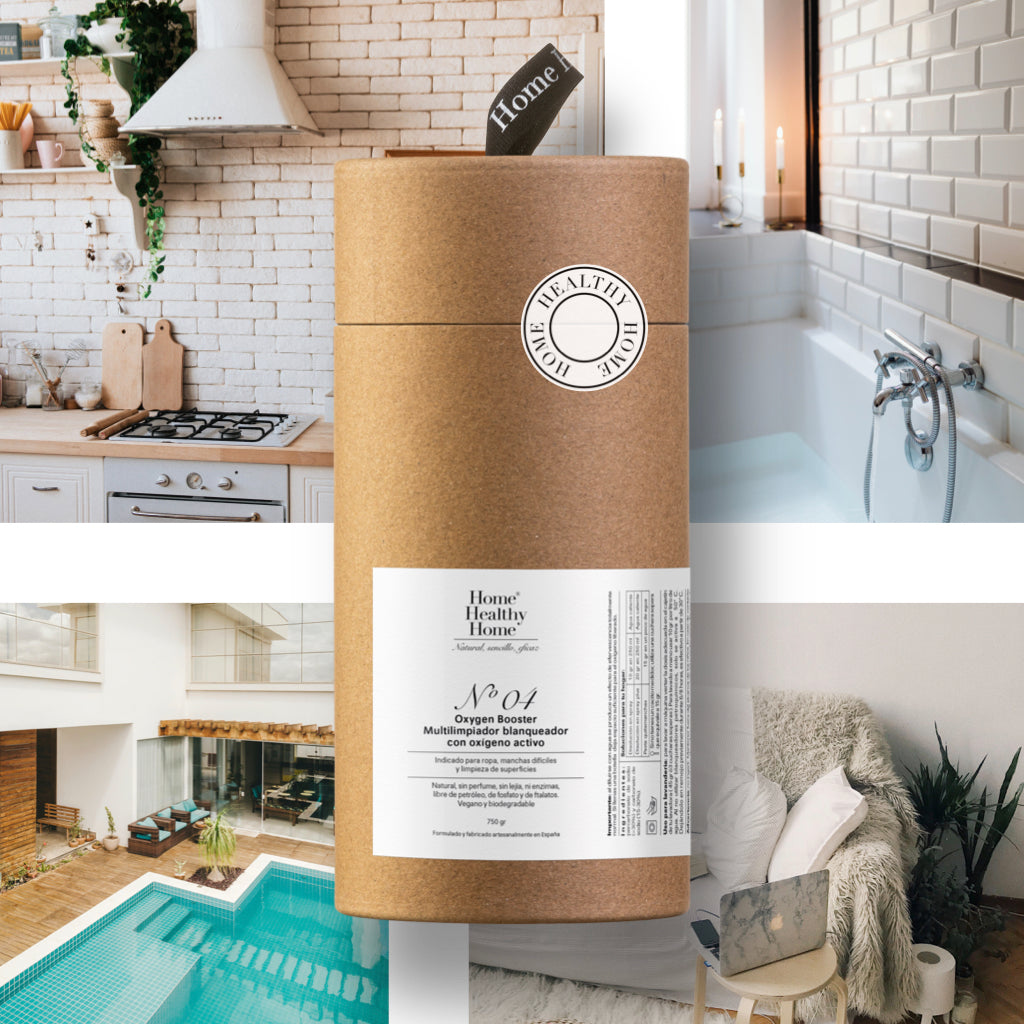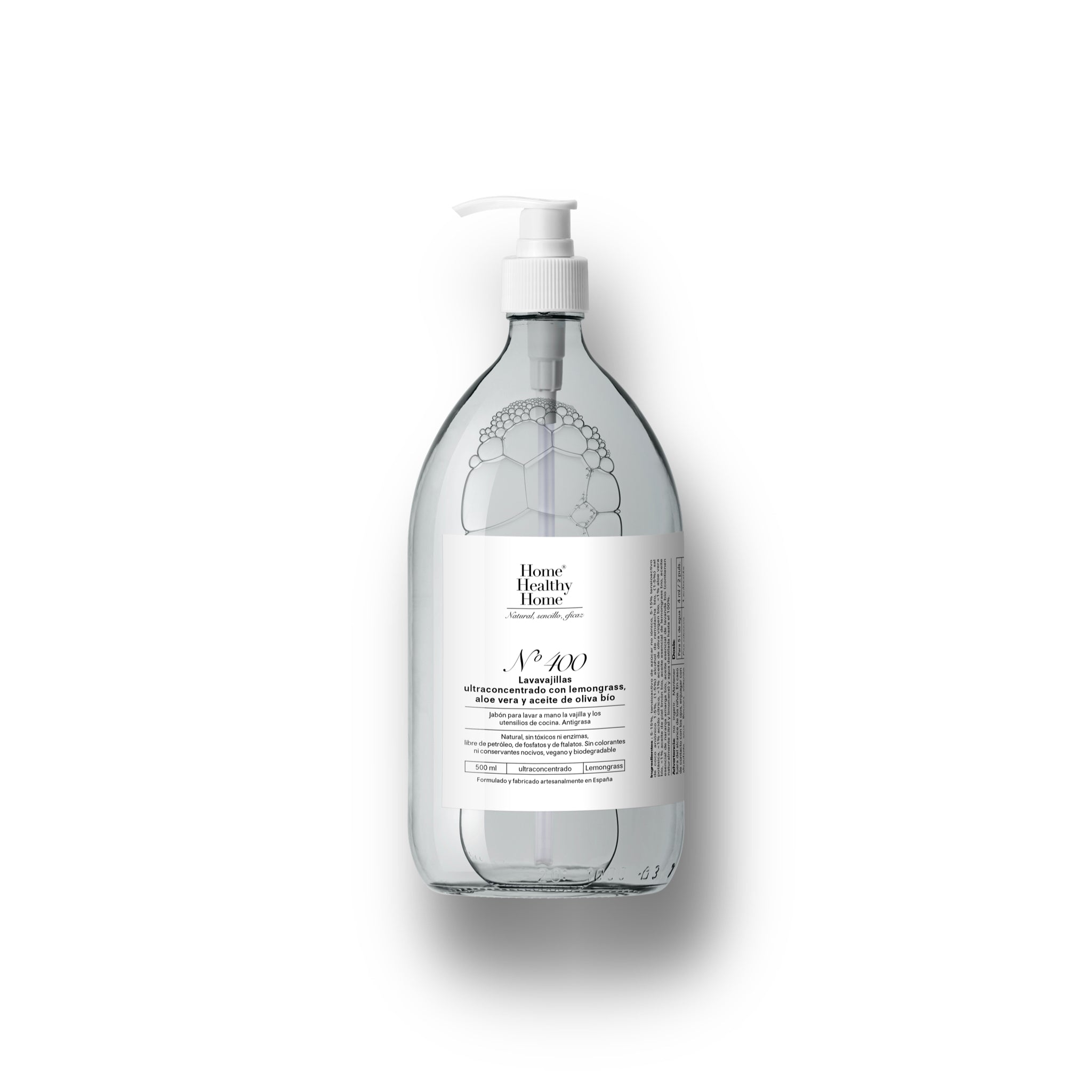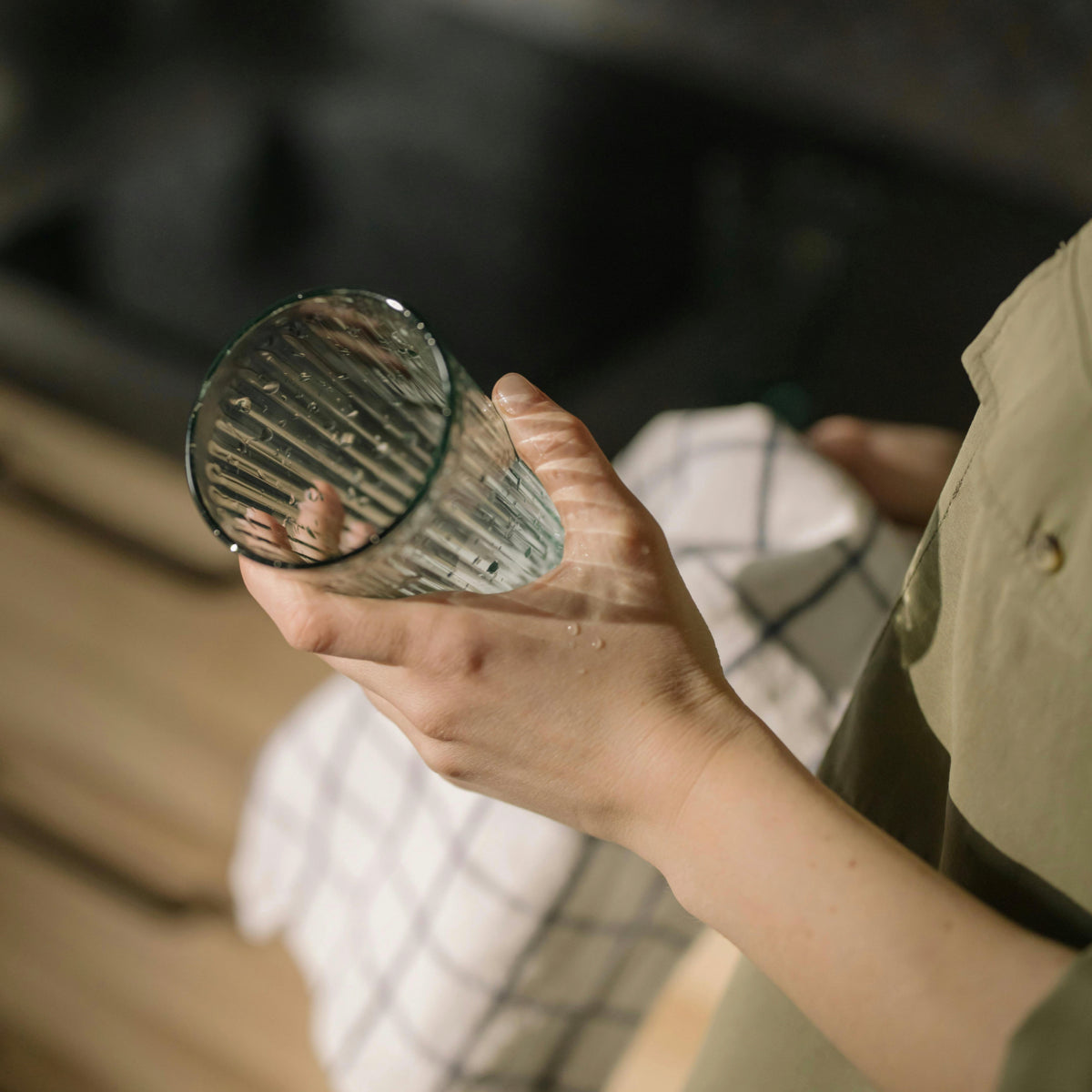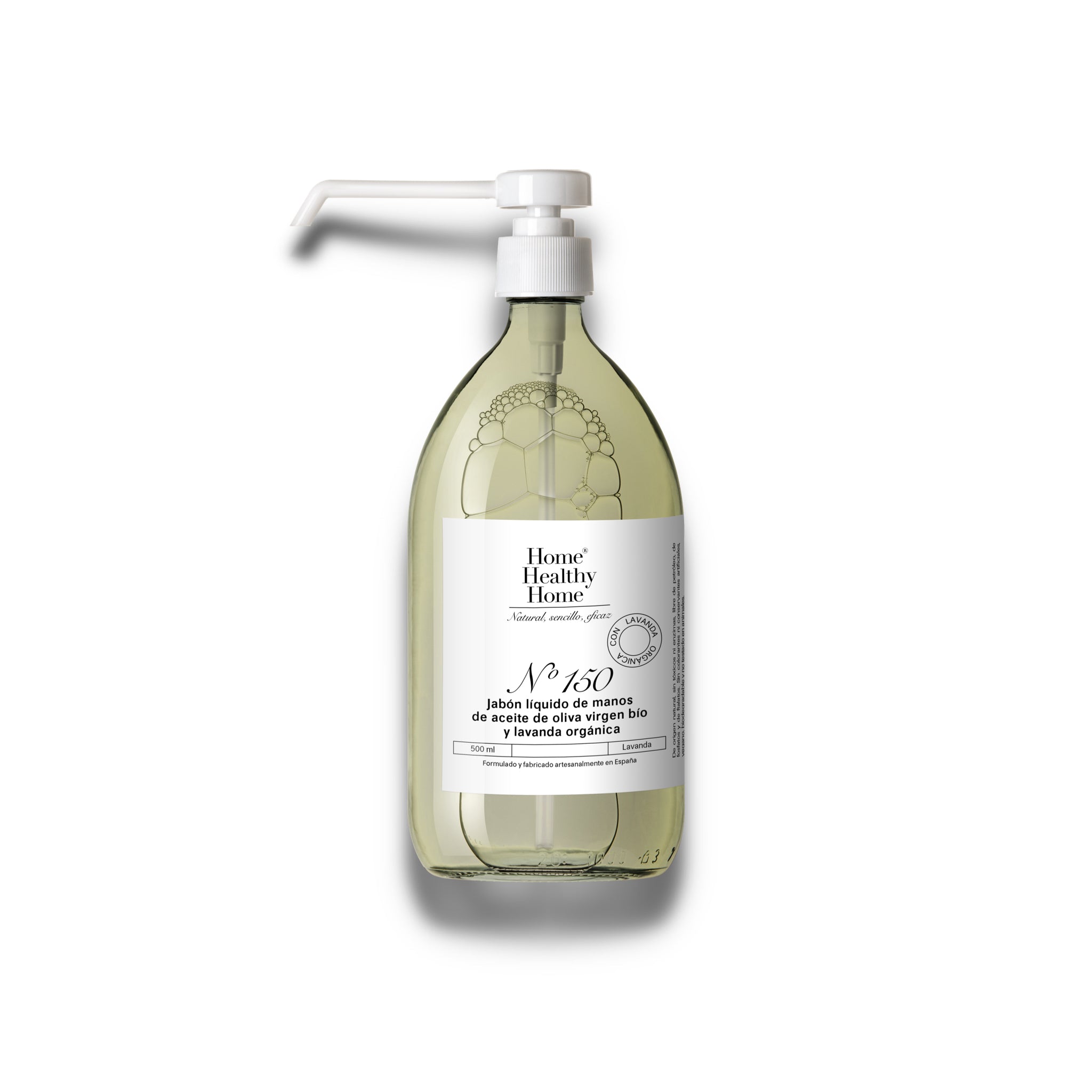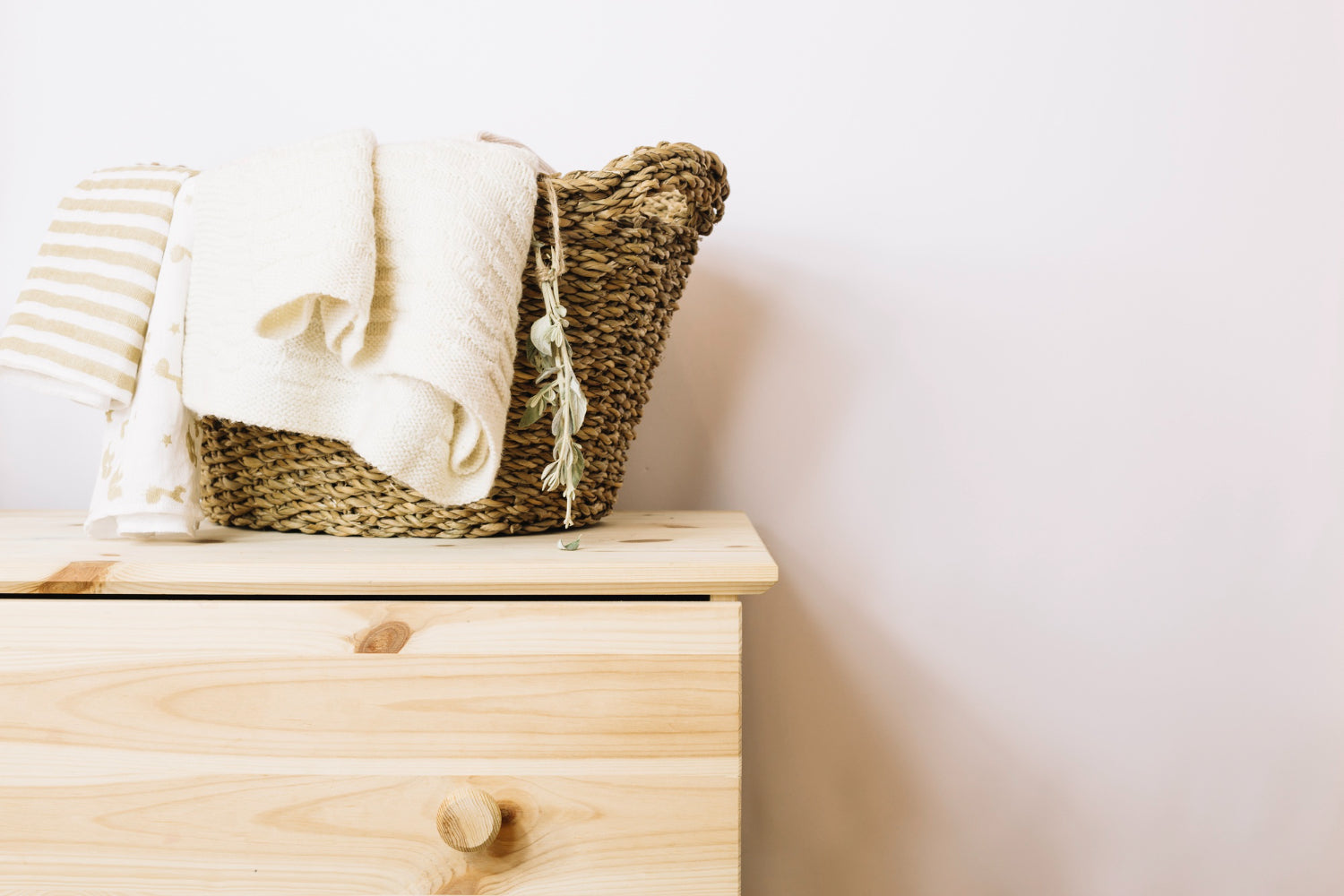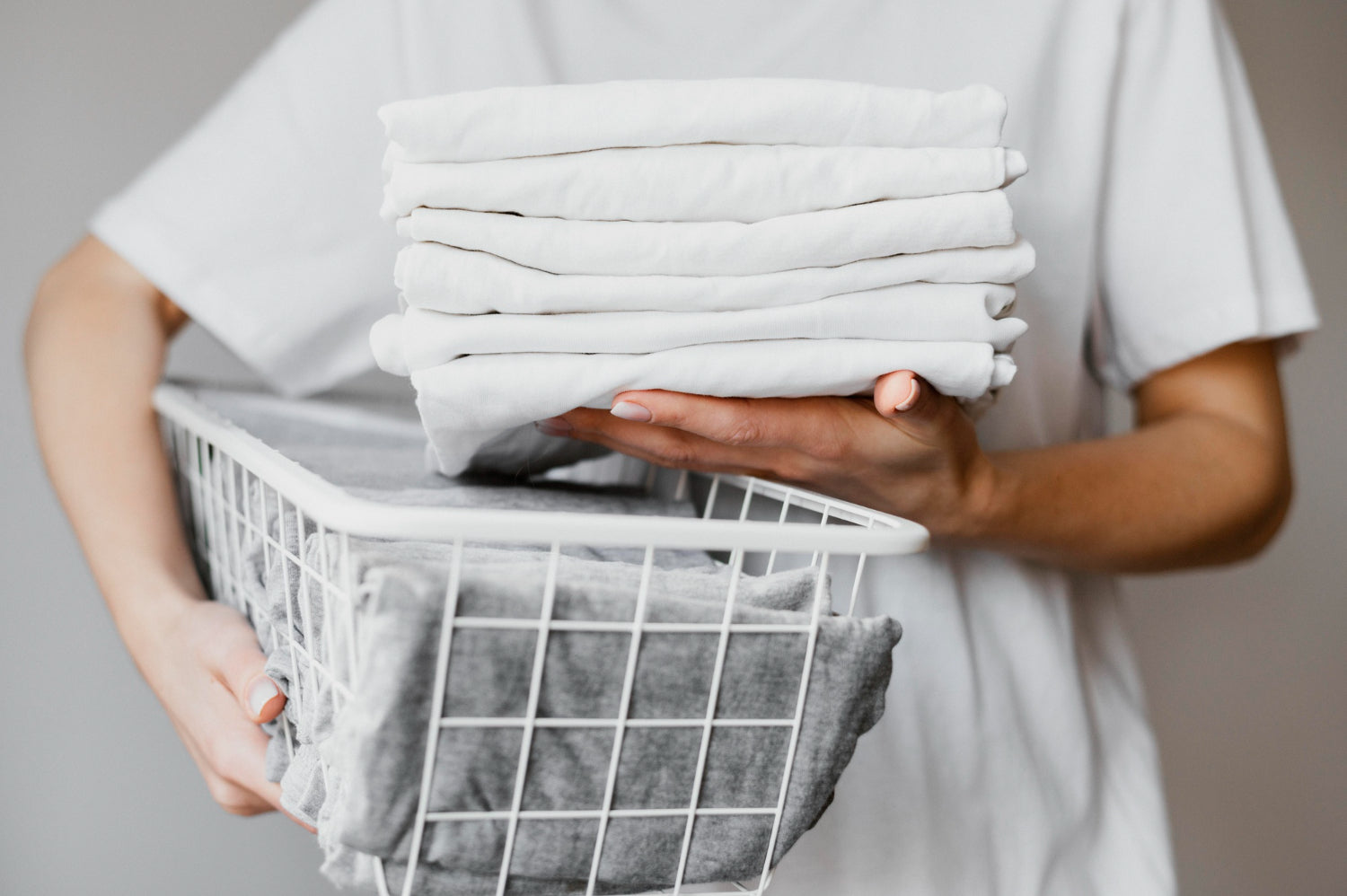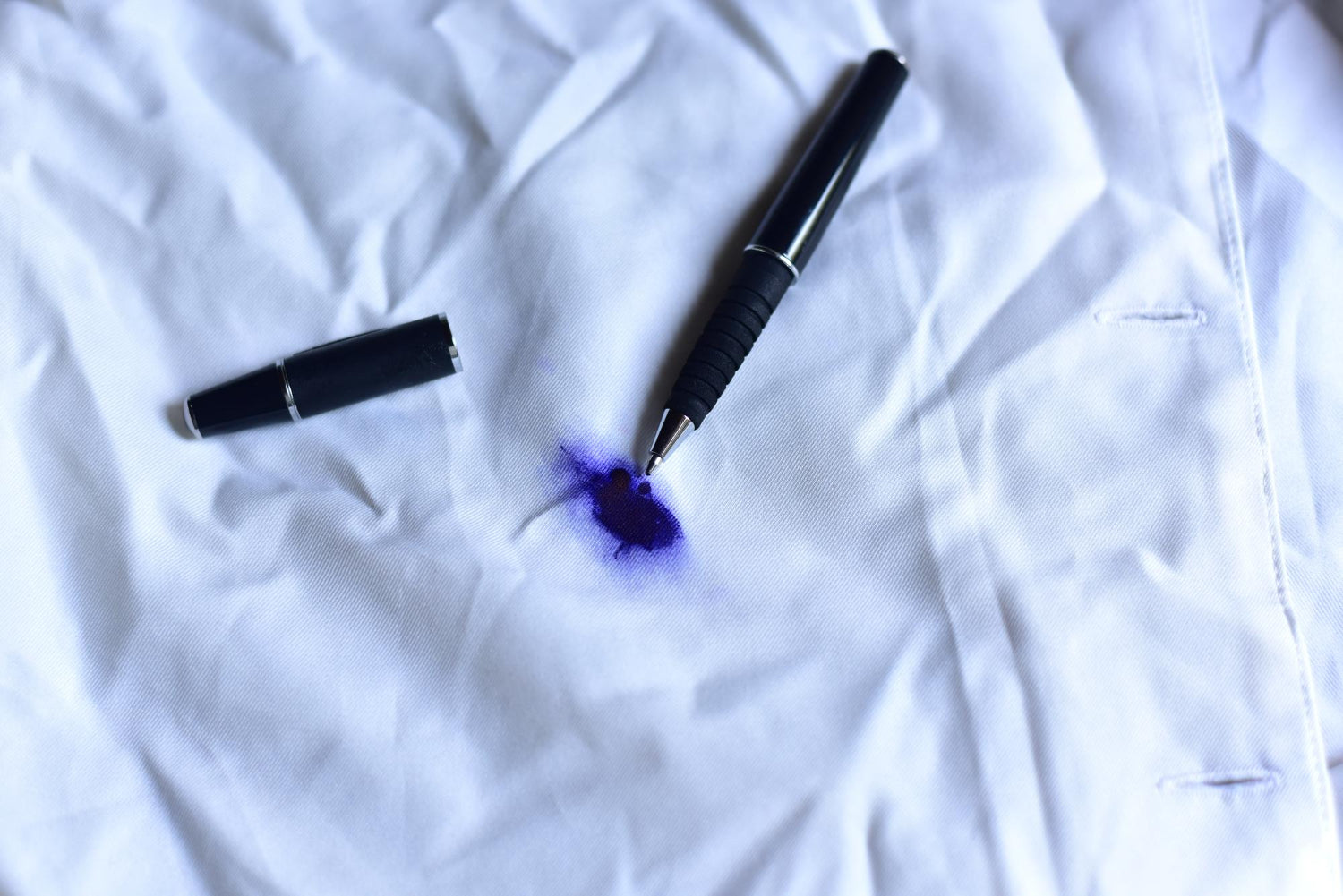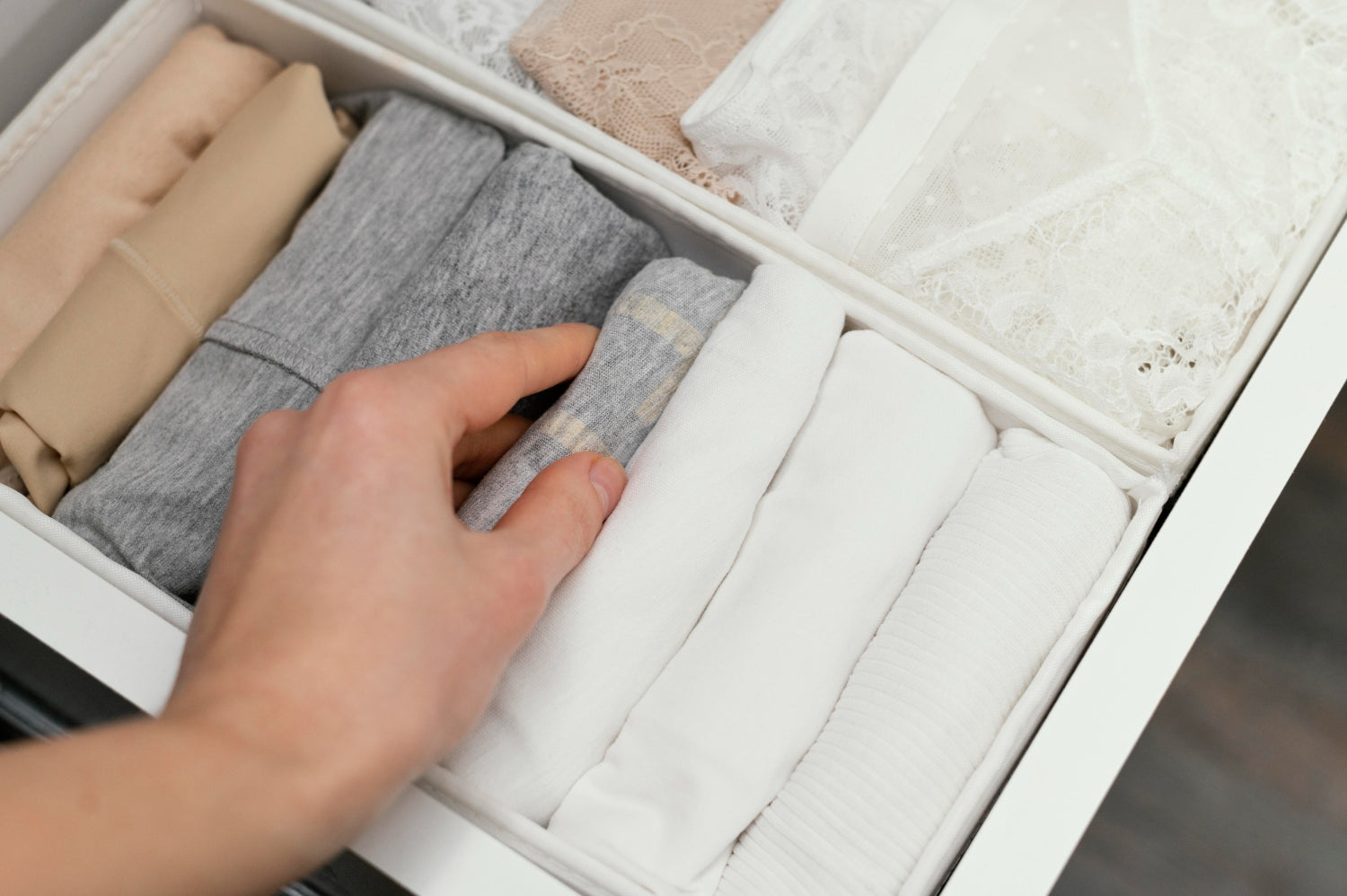A shirt yes, but what material?
When selecting a shirt, the material is a fundamental aspect that influences the comfort and appearance of the garment. Among the most popular options are cotton, linen and silk , each with particular characteristics that make them suitable for different situations and preferences.
Cotton is known for its versatility, softness and breathability. This material, obtained from the cotton plant, is highly absorbent and allows air to circulate easily, keeping the user cool and dry. Plus, cotton is strong and durable, making it a popular choice for all types of shirts, from casual to formal.
Linen , extracted from the flax plant, is another material appreciated for its thermoregulatory properties and lightness. Its cool texture and ability to dry quickly make it an ideal choice for hot, humid climates. Although linen shirts can wrinkle easily, these wrinkles are often considered part of linen's signature charm and style.
For its part, silk is a luxurious and sophisticated fabric, produced from the cocoons of the silkworm. Its softness and natural shine give it an elegant appearance, making it a popular choice for dress shirts and special occasions. Silk is also a breathable material that adapts well to temperature variations, providing coolness in summer and warmth in winter. However, silk shirts typically require more delicate care compared to cotton or linen shirts, such as hand washing or dry cleaning.
Synthetic materials , such as polyester or nylon, are popular choices due to their durability and low cost. These materials can also be breathable and quick-drying, making them ideal for sports and everyday wear. However, unlike natural materials, synthetic fabrics are not biodegradable and can generate microplastics that pollute the environment during washing.
Blended fabrics, on the other hand, combine different materials to take advantage of the advantages of each one. For example, a cotton-polyester shirt can be wrinkle-resistant and easy to care for, while a silk-wool shirt can provide warmth and elegance. However, it is important to keep in mind that the quality of the garment will depend on the proportion of each material and its individual quality.
In short, when choosing a shirt, it is important to consider the material based on personal preferences, climate, and type of occasion. Cotton, linen and silk are popular choices that offer different advantages and disadvantages, allowing each person to find the perfect shirt for their needs and style.

Shirt shapes and cuts
A little history...
Shirts are a piece of clothing that has existed for a long time in the history of fashion. The origin of shirts dates back to the Middle Ages, when they were worn as underwear to protect the skin from armor. Over time, shirts became a common item of clothing for men and women around the world.
In ancient Greece and Rome, shirts were exclusive clothing items for men of the upper class. These shirts were generally long and loose, and worn under the tunic. In the Middle Ages, shirts were handmade from fine fabrics such as linen and silk, and were worn as underwear to protect the skin from armor.
In modern times, shirts have become an essential item of clothing for both men and women, worn for both formal and informal occasions. Over the years, shirts have evolved in terms of shapes, styles and materials, and today there are a wide variety of options available on the market. From classic cotton shirts to elegant silk shirts, everyone can find the perfect shirt to fit their style and needs.
Among the most popular shapes of shirts are casual, formal and dress shirts. Casual shirts are usually more relaxed in terms of design and fabric, ideal for an informal look. On the other hand, formal shirts are more structured and have more refined details, and are used for important events and in more conservative work environments. Finally, dress shirts are the most elegant and are used for very special occasions.
Within the shapes of the shirts, there are also variations in the collar, sleeves and decorative details . The collars can be classic, Italian, English or Mao type. Each type of collar has its own shape and can add a distinctive touch to the design of the shirt. For example, the Italian collar is high and with long points, while the mandarin collar is low and without lapels.
Sleeves are also an important element to consider when choosing a shirt. The most common options are long sleeves, short sleeves, and French sleeves. Long sleeves are ideal for cool weather or formal events, while short sleeves are perfect for more casual occasions or summer. French sleeves, which have a folded cuff and fasten with cufflinks, are primarily used on dress shirts.
Finally, the cut of a shirt is essential to achieve a perfect fit. The most common cuts are tight, fitted and straight. The slim fit is ideal for those looking for a more modern, body-hugging look, while the slim fit provides a fit between slim and straight. The straight cut is looser and more comfortable, perfect for those who prefer a more relaxed style.
Taking care of your shirts means prolonging their useful life.
Preserving the life of your shirts means dedicating time and effort to properly caring for them, which will allow them to look fresh and crisp for longer. This covers not only correct washing and ironing at the right temperature, but also storing it in a cool, dry space. In addition, it is essential to use appropriate and high-quality laundry products, as they play a key role in preserving your clothes.
What ecological products to choose to take care of your shirts?
Choosing eco-friendly cleaning products is a responsible way to take care of both your shirts and the environment. It is advisable to opt for detergents that do not contain phosphates, chlorine or synthetic fragrances. At Home Healthy Home, we are proud to offer a selection of eco-friendly luxury laundry soaps, designed to keep your shirts in pristine condition.
Our products are formulated with natural ingredients and organic Spanish olive oil, which eliminates the need to use fabric softener. Our formulas are simple, natural and effective, guaranteeing exceptional care for your garments. In addition, our laundry soaps are cold saponified, which allows the beneficial properties of olive oil to be preserved.
By using the ecological and natural products of Home Healthy Home , you will be ensuring optimal care for your shirts and, at the same time, contributing to the preservation of the environment. The combination of natural ingredients and cold saponification of our laundry soaps guarantees exceptional results and a unique and sustainable textile care experience.

Cleaning of shirts according to the type of fabric :
Each material needs specific care based on its properties and characteristics. Here we explain how to care for your shirts depending on the type of fabric using Home Healthy Home products:
Key tips for washing your shirts
- Read the labels : Before washing your shirts, check the labels of each garment for specific washing instructions depending on the fabric. Following these instructions will help you keep your shirts in perfect condition and prolong their useful life.
- Treat stains , collars and cuffs: Apply Stain Remover Stick No. 3 to dirty areas on collars, cuffs and other difficult stains before washing. This product, formulated with natural ingredients, will facilitate the removal of stains and will allow your shirts to look impeccable after each wash.
What detergent to use for your shirts?
- Cotton: Use our No. 11 Lavender Laundry Soap on a gentle machine cycle with cold or warm water, separating light-colored garments from dark ones to avoid color transfer. After washing, spread the damp shirts on a flat surface or hang them to dry. Avoid excessive use of the dryer, as the heat can damage the fibers and cause premature wear.
- Linen: Wash linen shirts with Laundry Soap No. 13 on a delicate machine cycle, using a wash bag to protect the garment. Air drying is the best option to maintain the quality of the linen, but avoid exposing it directly to the sun to prevent fading. It is important to remember that wrinkles are part of the natural beauty of linen fabric. However, if you want to remove some wrinkles, you can gently iron them.
- Silk: For silk shirts, it is recommended to wash them by hand with cold water using a small amount of Laundry Soap No. 13, specific for delicate fabrics. When drying silk shirts, do not wring them or expose them to the sun; instead, let them air dry in a cool, shady place.
- Shirts made of mixed or synthetic fabrics: Use Laundry Soap No. 14 for synthetic, colored clothing and sports clothing.
A plus for white shirts
Oxygen Booster No. 4 for white shirts : For white shirts that have yellow stains from sweat or makeup, use our O xygen Booster No. 4 during washing. This natural bleach helps remove tough stains and restores the shine of your white clothes, giving them a fresh, clean look.
In addition to washing, it is crucial to iron shirts at the appropriate temperature depending on the fabric, following the instructions on the garment label. Likewise, when storing your shirts, be sure to keep them in a cool, dry and well-ventilated space, preferably hung on suitable hangers that do not deform the neck or shoulders.
In short, selecting the right shirt and caring for it properly can make the difference between looking sophisticated and sloppy. Choose the material that best suits your needs, pay attention to the cut and type of fabric, follow the washing instructions and use quality products to keep your shirts in optimal condition. This way you can always look impeccable and fashionable!



